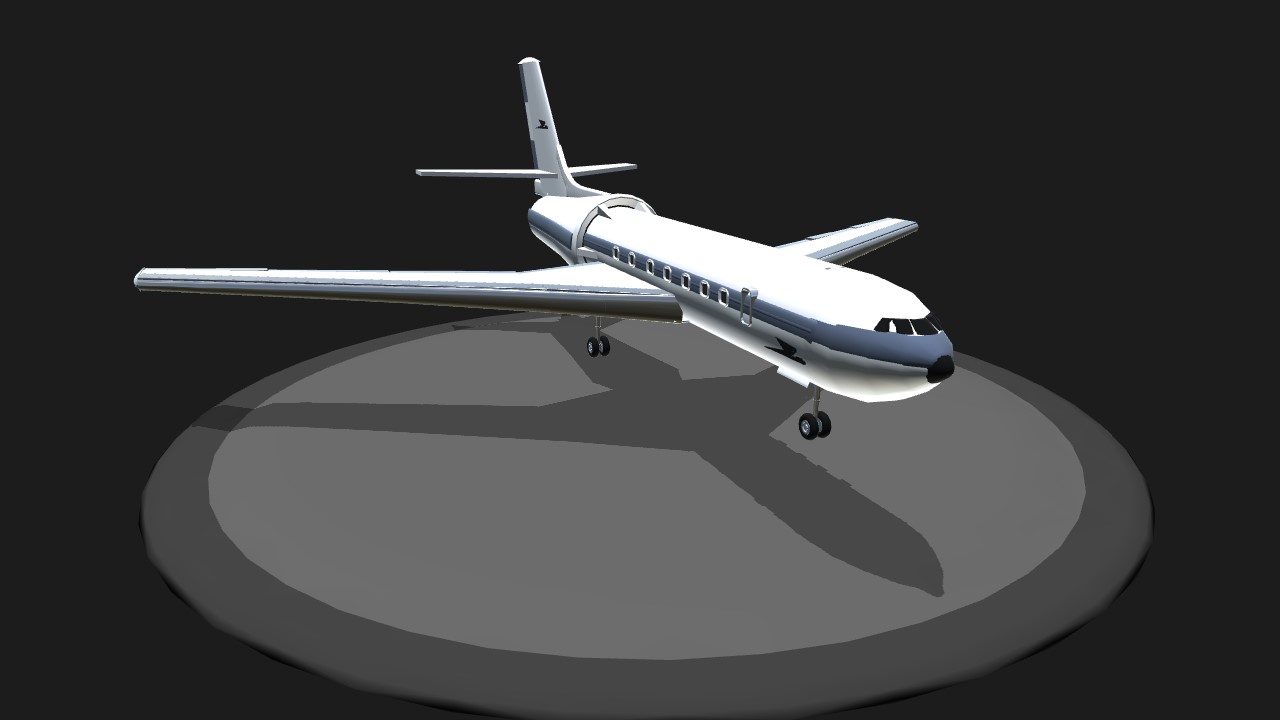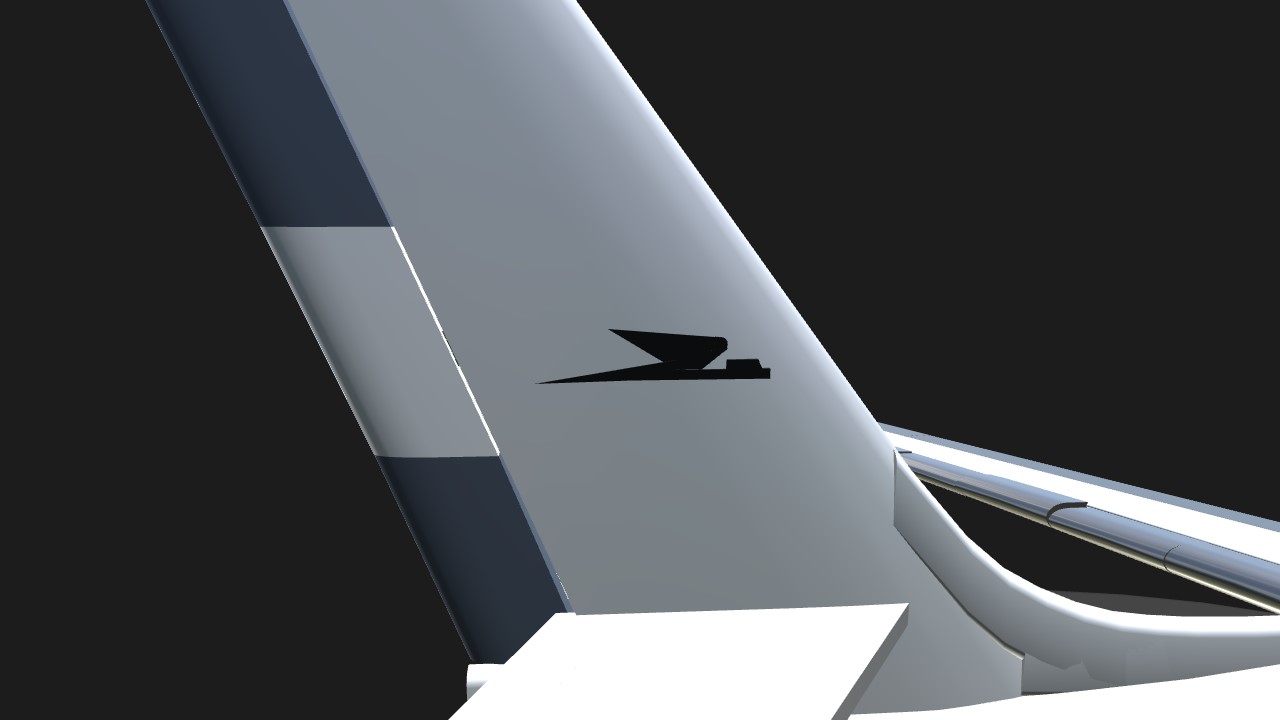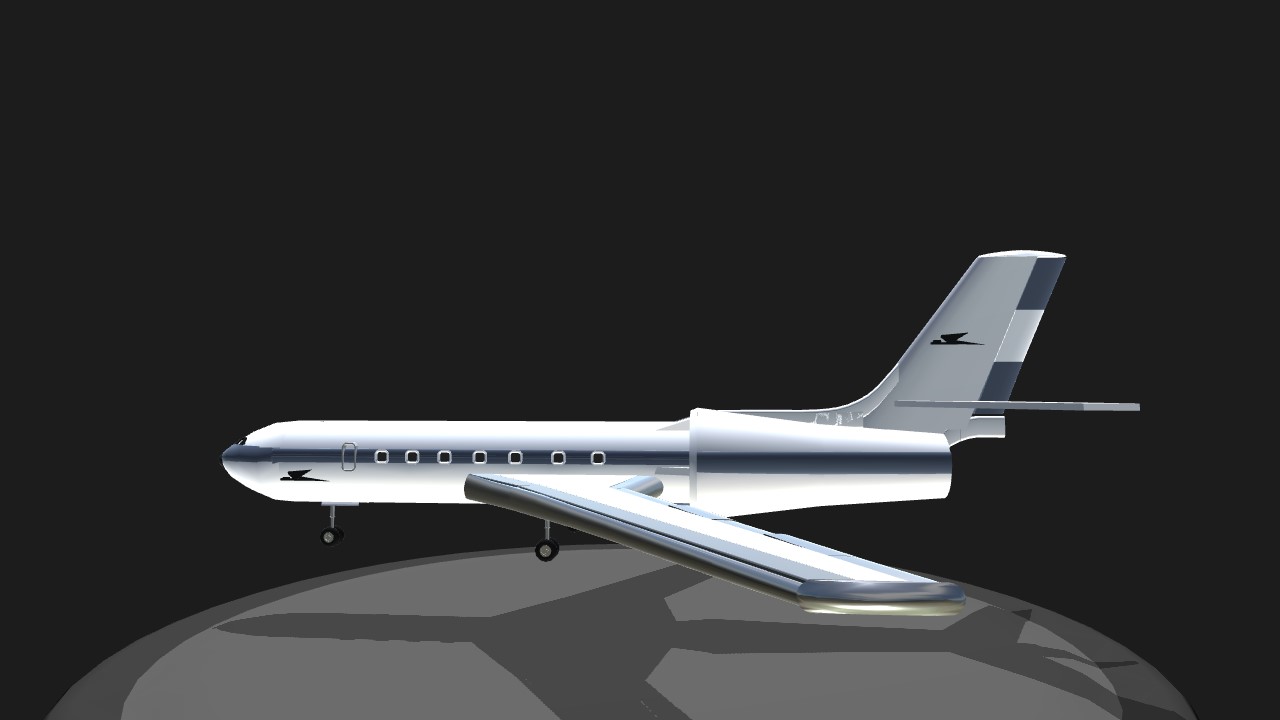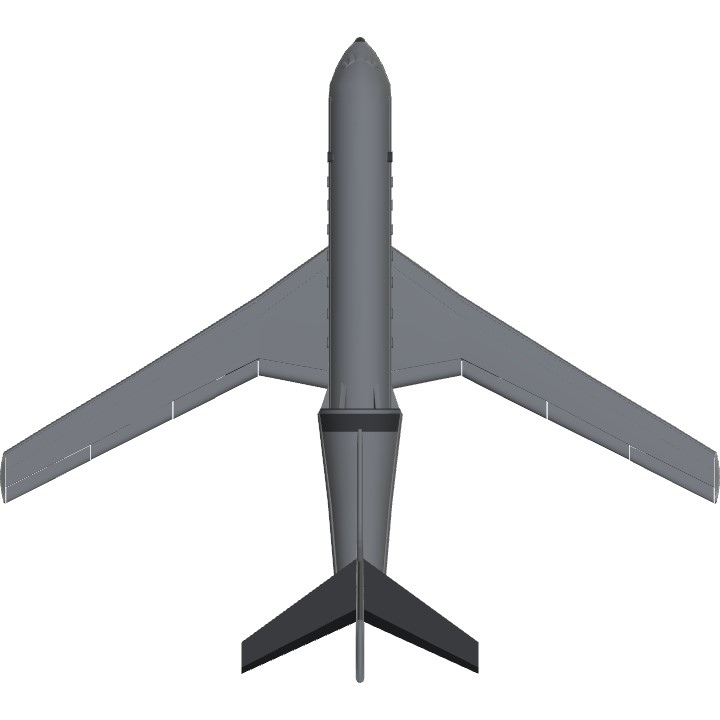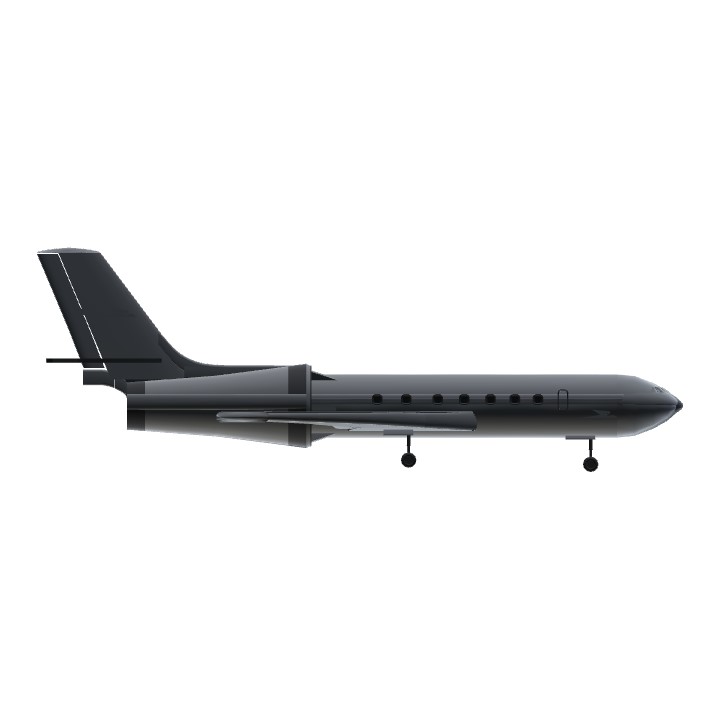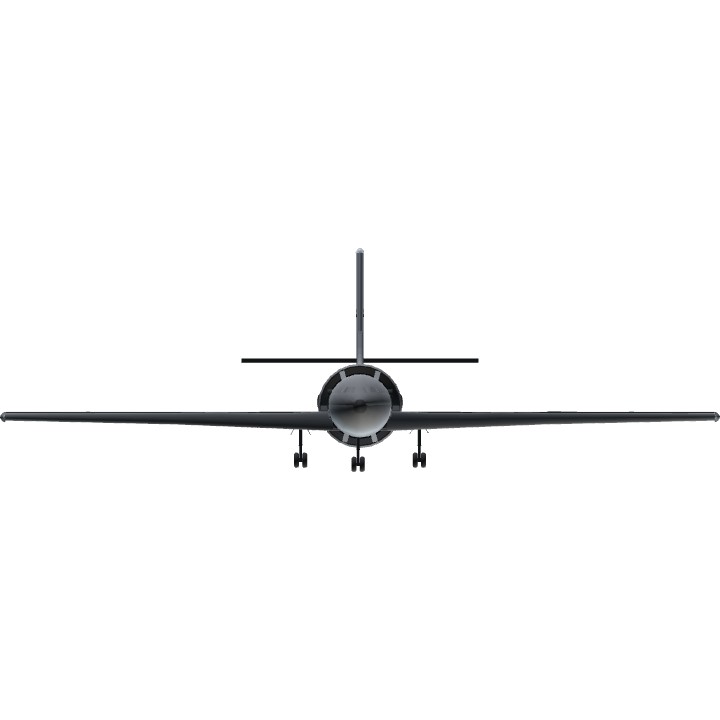The IA 36 Cóndor was a projected Argentine jet propelled mid-range airliner, designed in the early 1950s by Kurt Tank for the “Fábrica Militar de Aviones”. It was cancelled in 1958, with no prototypes built.
Design and development
Work on the IA 36 Cóndor project started in late 1951 by a team led by the German engineer Kurt Tank; as part of the project a 1:34 scale wind tunnel model was built, as well as a 1:1 scale wooden fuselage mock-up. The project was cancelled in 1958 by the government led by Pedro Eugenio Aramburu, which followed that of Juan Domingo Perón, deposed in 1955 by the now quite infamous Revolución Libertadora uprising.[1]
The projected aircraft would have been powered by five Rolls Royce "Nene II" turbojets arranged in an annular configuration around the rear fuselage; however it was planned to replace those with lighter and more powerful engines in later versions.[2] The design would have accommodated 32 to 40 passengers; the maximum speed was expected to be 950 km/h (590 mph); in comparison, the contemporary de Havilland Comet 3 maximum speed was 780 km/h (480 mph). Like the Pulqui II fighter prototype, also designed by Tank, the IA 36 had swept wings which would have increased the aerodynamic efficiency. The wingspan was 34 m (112 ft); and the estimated range was 5,000 km (3,100 mi; 2,700 nmi


Specifications
General Characteristics
- Created On Windows
- Wingspan 56.1ft (17.1m)
- Length 50.3ft (15.3m)
- Height 17.5ft (5.3m)
- Empty Weight 9,882lbs (4,482kg)
- Loaded Weight 14,699lbs (6,667kg)
Performance
- Power/Weight Ratio 4.586
- Wing Loading 72.1lbs/ft2 (352.1kg/m2)
- Wing Area 203.8ft2 (18.9m2)
- Drag Points 9996
Parts
- Number of Parts 202
- Control Surfaces 5
- Performance Cost 733

